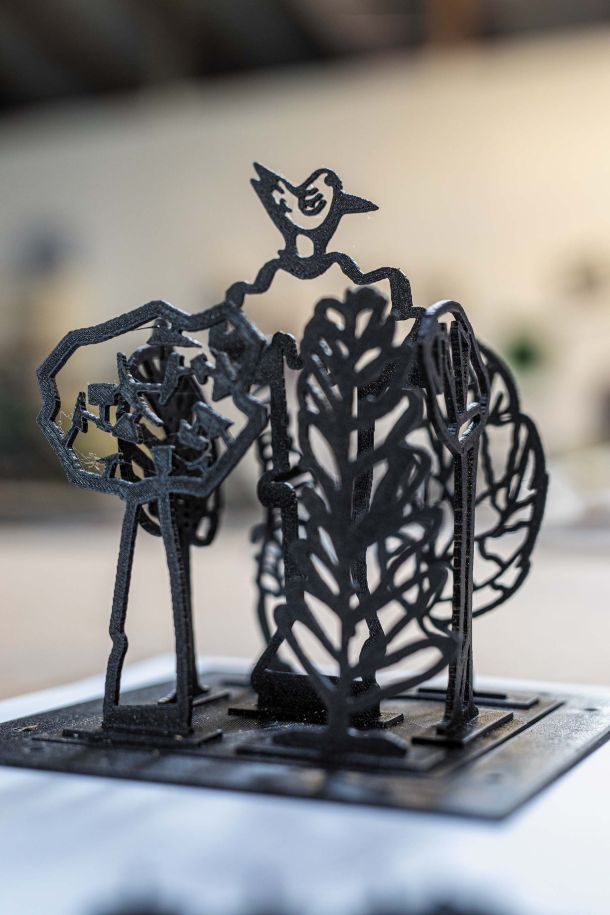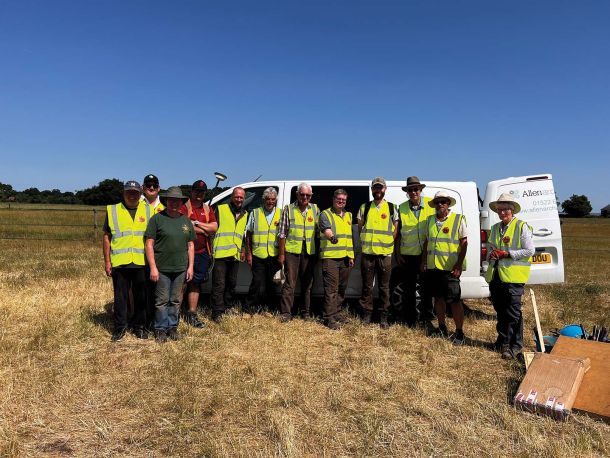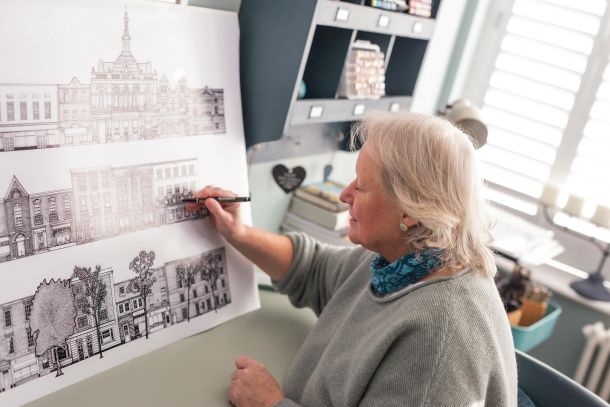Who Owns The Chesterfield Canal?

The Chesterfield Canal in Nottinghamshire and South Yorkshire is owned and managed by the Canal & River Trust. This is a charity that covers 2,000 miles of canals and rivers, together with reservoirs and a wide range of heritage buildings and structures in England and Wales.
The Canal & River Trust website states: “We make sure that 2,980 bridges, 1,580 locks and 335 aqueducts are open and ready for use all day, every day.
“Our canals are home to over 2,700 listed structures, 50 scheduled ancient monuments and four UNESCO world heritage sites. Just by walking along a 20 minute stretch of towpath you’re likely to pass numerous heritage structures ranging from smaller iconic items such as milestones, to working structures such as lock gates and swing bridges.”
The Canal & River Trust was launched by the Government ten years ago, but there were many other owners before then.
The Act of Parliament that authorised the construction of the canal was passed and gained Royal Assent on 28th March 1771. The Act gave permission to raise £100,000 in £100 shares and an extra £50,000 if it proved necessary. By July of that year the capital was fully subscribed with 174 proprietors. These included James Brindley – the principal designer and engineer – the Dukes of Devonshire and Newcastle and several other titled folk. However, there were also scores of owners of lead and iron works and similar enterprises, meaning that it was a remarkably diverse selection for the time.
The shares were in the Chesterfield Canal Company which oversaw the construction, management and maintenance of the canal for very many years.
The early years were difficult because of a national recession brought on by the American War of Independence, but by the 1790s, the company was paying regular dividends.
By the 1840s, over 60 years since the canal had been completed, the railway companies were becoming a force in the land and many were looking to buy up canal companies. In some cases, they abandoned the canals, which were potential rivals, in others they filled in the canals and built their tracks on top. Luckily, this was not the case with our treasured canal, however it was not immune from the rail barons.
In 1844, there was a proposal to build a railway from Sheffield to Gainsborough – the Sheffield & Lincolnshire Junction Railway (S&LJR). To counter this, in 1845 the proprietors of the Chesterfield Canal formed the Manchester & Lincoln Union Railway (M&LUR). Soon the two companies formed a joint committee and in 1846 the M&LUR was authorised by Act of Parliament to build a line from Staveley to Worksop. It was also authorised to amalgamate with the S&LJR. Remarkably, it was not allowed to dispose of any part of the canal, but rather to keep it in good order. Eventually the companies all amalgamated and the newly named Manchester, Sheffield & Lincolnshire Railway (MS&LR) obtained ownership of the canal on 9th July 1847. The canal lease had been valued at £147,912.
The following year, there was a programme of improved maintenance and as a result there was an increase in revenue.
In July 1863, the canal and the railway were combined for accounting and management purposes, so the canal lost its separate identity. It was to continue under full railway management for the next 85 years.
On several occasions in the 1870s and 1880s, the company considered converting the canal west of the Norwood Tunnel, the section mostly in Derbyshire, into a railway.
In the early 1890s, the canal was moved in several places to build the Beighton to Annesley line, which was later extended, reaching Marylebone Station in London by 1899. The company also built the Chesterfield Loop. This included Staveley Works Station which lay on the bridge at what is now Hollingwood Hub.
Anticipating its upcoming national status, the M&SLR changed its name to the Great Central Railway (GCR) in 1897.
In 1923, the GCR was merged into the London & North Eastern Railway (LNER). (The GCR mainline route was scrapped in the 1960s as part of the Beeching cuts.)
After the Second World War, all Britain’s transport infrastructure was in a very sorry state. The Government decided to nationalise the railways, canals and road freight transport. On 1st January 1948 the British Transport Commission (BTC) came into being and thus our beloved canal had another new owner.
By the end of the 1950s there were serious financial problems for the BTC. On May 24th 1960, a public enquiry was held in Chesterfield about the future of our canal. This recommended that the section from West Stockwith to Worksop should be kept for pleasure boating; the section from Worksop to Kiveton Park should be kept as a water supply channel; the section from Kiveton Park to Spinkhill should be infilled and sold off; the section from Spinkhill to Chesterfield should be kept as a water supply channel to the works at Staveley and Renishaw.
In 1962, there was a new Transport Act, which ordained that the canals, including our little gem, should come under the ownership of the British Waterways Board (BWB) which took place on 1st January 1963.
There remained a really serious threat to close the entire canal. This was vigorously opposed by many groups, most notably the Retford & Worksop Boat Club which is still thriving, based in Clayworth.
Yet another Transport Act, in 1968, confirmed the recommendations above. The section west of the Norwood Tunnel was sold off. Some is in private hands though most is owned by local authorities. Lots of houses were built on the line of the canal in Killamarsh. The five miles that has been restored in Chesterfield is now owned by Derbyshire County Council and managed by its Countryside Service.
In 2012, the Government decided that British Waterways should become a charity, which is why it set up the Canal & River Trust, with a view to it becoming the waterways equivalent of the National Trust. The only problem was that the National Trust had had a head start of over a century!
The Chesterfield Canal Trust does not currently own or manage any of the canal, but has consistently campaigned to have the whole waterway restored, with remarkable success. Who will own and manage the full canal when through navigation is finally realised is yet to be determined.






